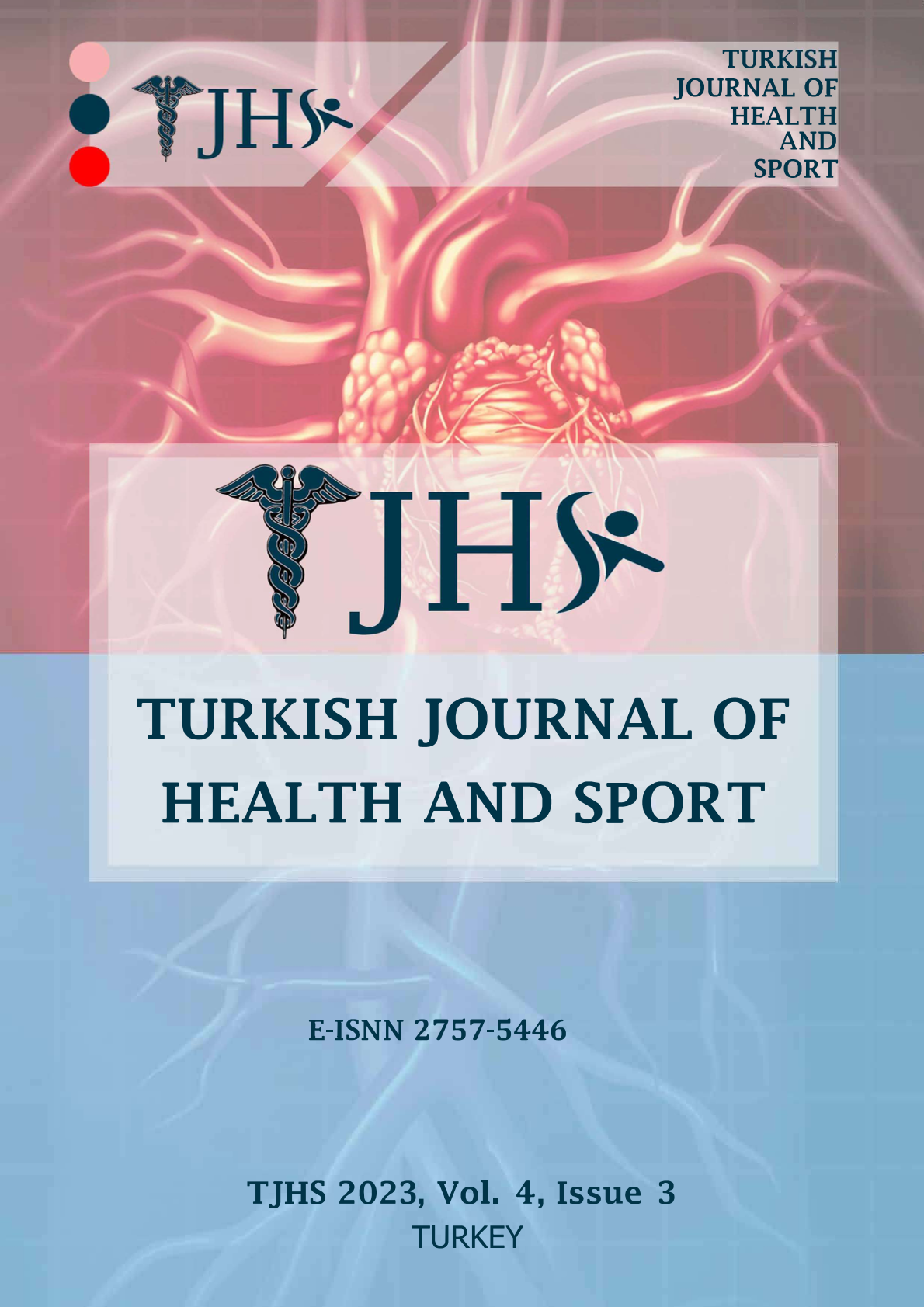Author :
Abstract
Akciğer kanseri, dünya genelinde 2 milyondan fazla vakaya ve yılda yaklaşık 1.8 milyon ölüme neden olan en yaygın onkolojik hastalıktır. Daha önce yayınlanmış çalışmalar, oksidatif stresin akciğer kanserine yol açabileceğini öne sürmüştür
Amaç: Bu çalışmada, akciğer kanseri hastalarında total antioksidan seviyesi (TAS), total oksidan seviyesi (TOS), oksidatif stres indeksi (OSI), serum bakır (Cu), selenyum (Se) ve C-reaktif protein (CRP) düzeyleri arasındaki ilişkiyi belirlemektir.
Gereç ve Yöntem: Toplam 123 kişi (45 akciğer kanseri (LC), 42 kemoterapi ile tedavi edilen akciğer kanseri (LC+CT) ve 36 sağlıklı kontrol birey) çalışmaya dahil edilmiştir. Venöz kan örnekleri alınmış ve serum CRP, Cu, Se, TAS, TOS ve OSI düzeyleri belirlenmiştir.
Bulgular: TAS ve TOS düzeylerinden hesaplanan OSI, LC ve LC+CT gruplarında kontrol grubuna göre istatistiksel olarak anlamlı derecede yüksekti (p<0.01). Ayrıca, OSI, LC grubunda LC+CT grubuna göre anlamlı derecede yüksekti. Serum Cu ve CRP düzeyleri, LC ve LC+CT gruplarında kontrol grubuna göre istatistiksel olarak anlamlı derecede yüksekti. Ancak, LC ve LC+CT grupları arasında anlamlı bir fark bulunmamaktadır. Ayrıca, gruplar arasında Se düzeyleri açısından anlamlı bir fark bulunmamıştır (p>0.05).
Sonuçlar: LC grubundaki anlamlı derecede yüksek OSI ve Cu düzeyleri, Cu'nun oksidatif stresle ilişkili olabileceğini ve akciğer kanseri patogenezinde rol oynayabileceğini düşündürmektedir.
Keywords
Abstract
More than 2 million people are diagnosed with lung cancer every year, and around 1.8 million people lose their lives to this disease. Previous research has linked oxidative stress to the lung cancer.
Aim: The aim of this study is to determine the relationship between total antioxidant status (TAS), total oxidant status (TOS), oxidative stress index (OSI), serum copper (Cu), selenium (Se), and C-reactive protein (CRP) levels in patients with lung cancer.
Material-Method: The 123 participants included 45 people with lung cancer (LC), 42 with LC who had also had chemotherapy (LC+CT), and 36 who became controls. After obtaining venous blood samples, we analyzed them to determine the serum concentrations of CRP, Cu, Se TAS, TOS, and OSI.
Results: The OSI, which was derived from TAS and TOS levels, was significantly higher in the LC and LC+CT groups compared to the control group (p<0.01). In addition, the OSI was significantly higher in the LC group than in the LC+CT group. Serum Cu and CRP levels were statistically significantly higher in the LC and LC+CT groups than in the control group. However, there was no significant difference between the LC and LC+CT groups. Furthermore, the groups had no statistically significant difference in Se levels (p > 0.05).
Conclusions: The significantly higher OSI and Cu levels in the LC group suggest that Cu may be associated with oxidative stress and play a role in lung cancer pathogenesis.





